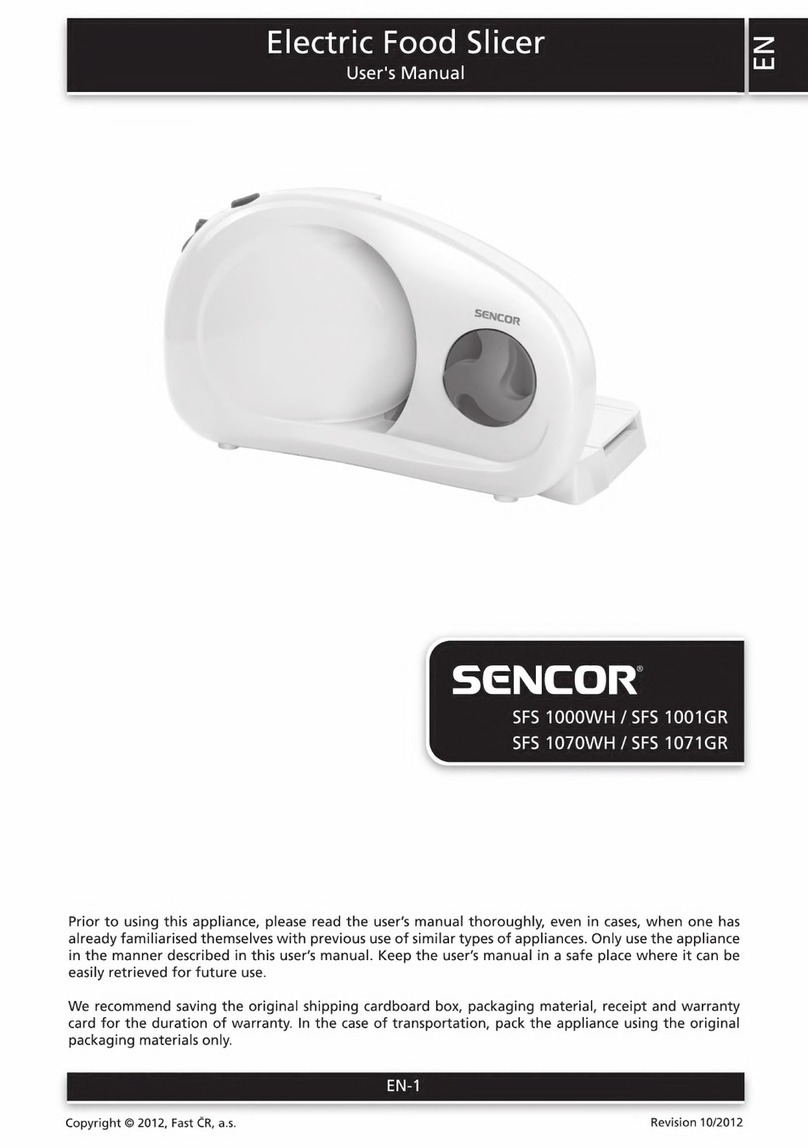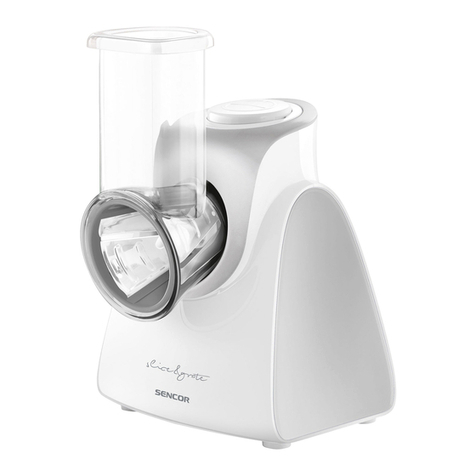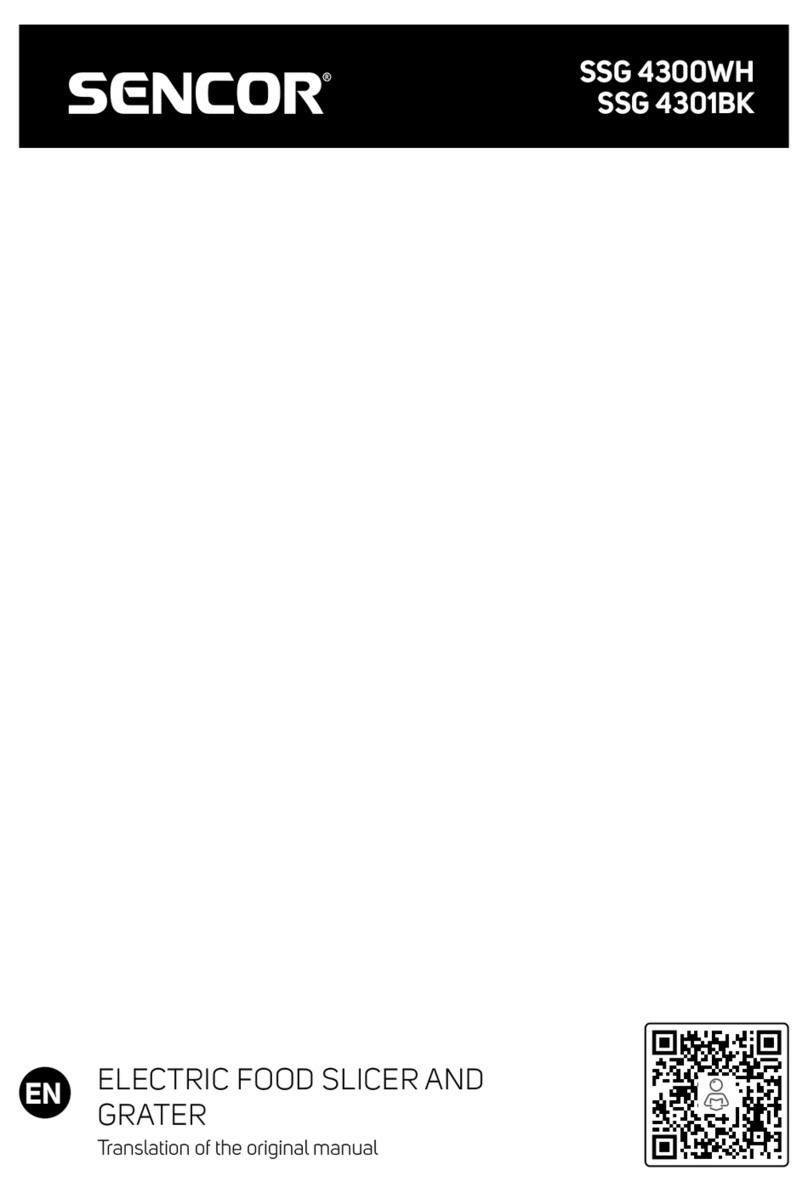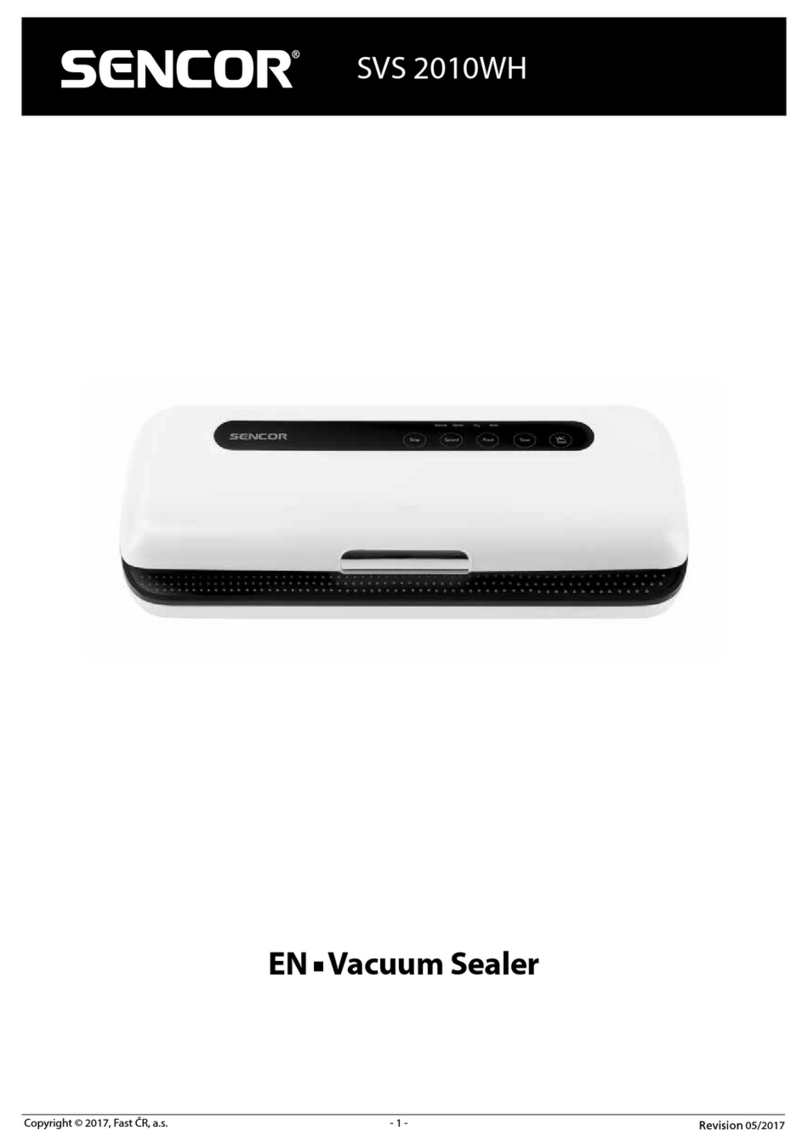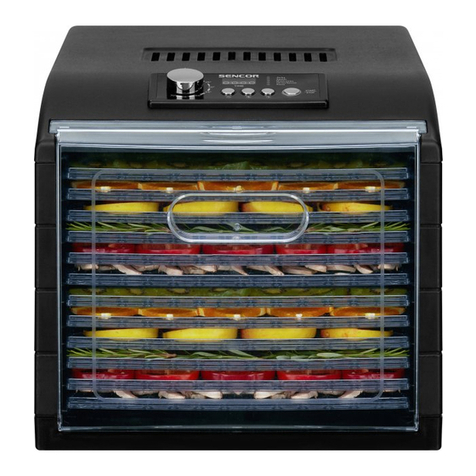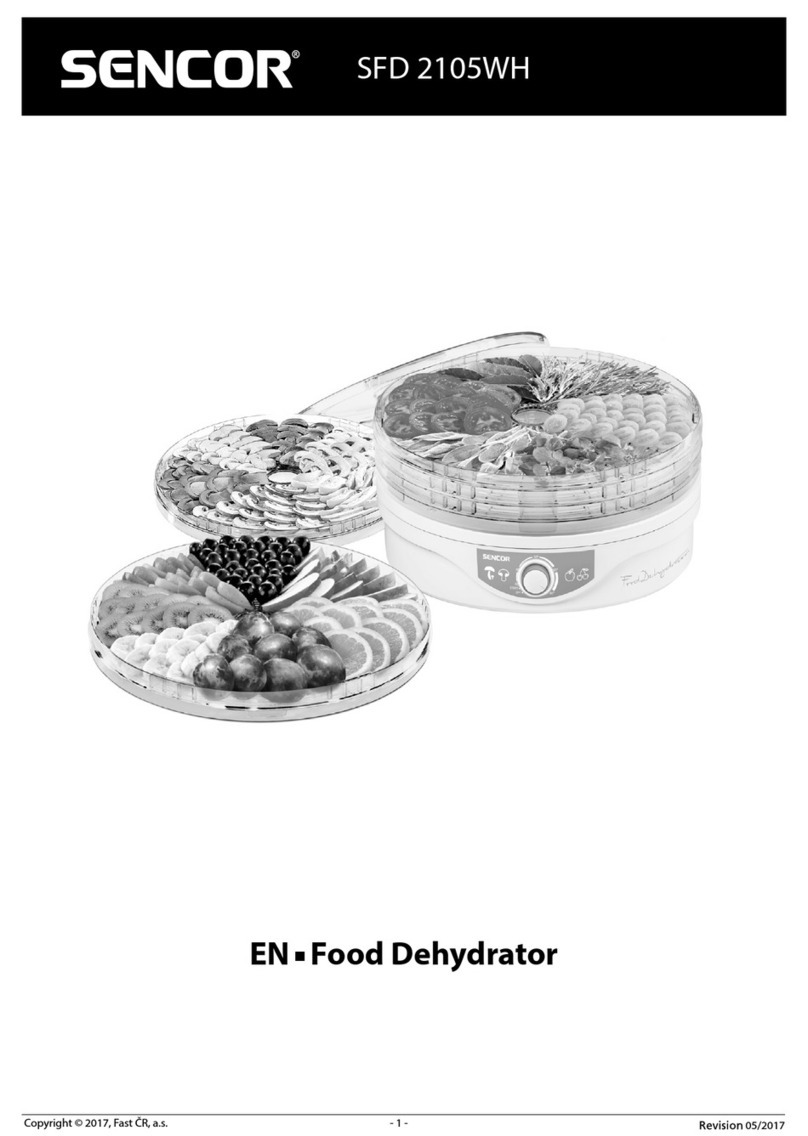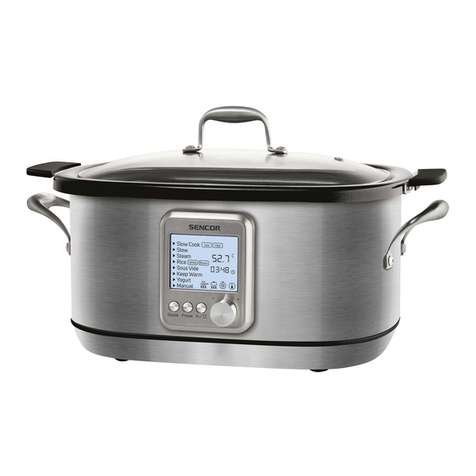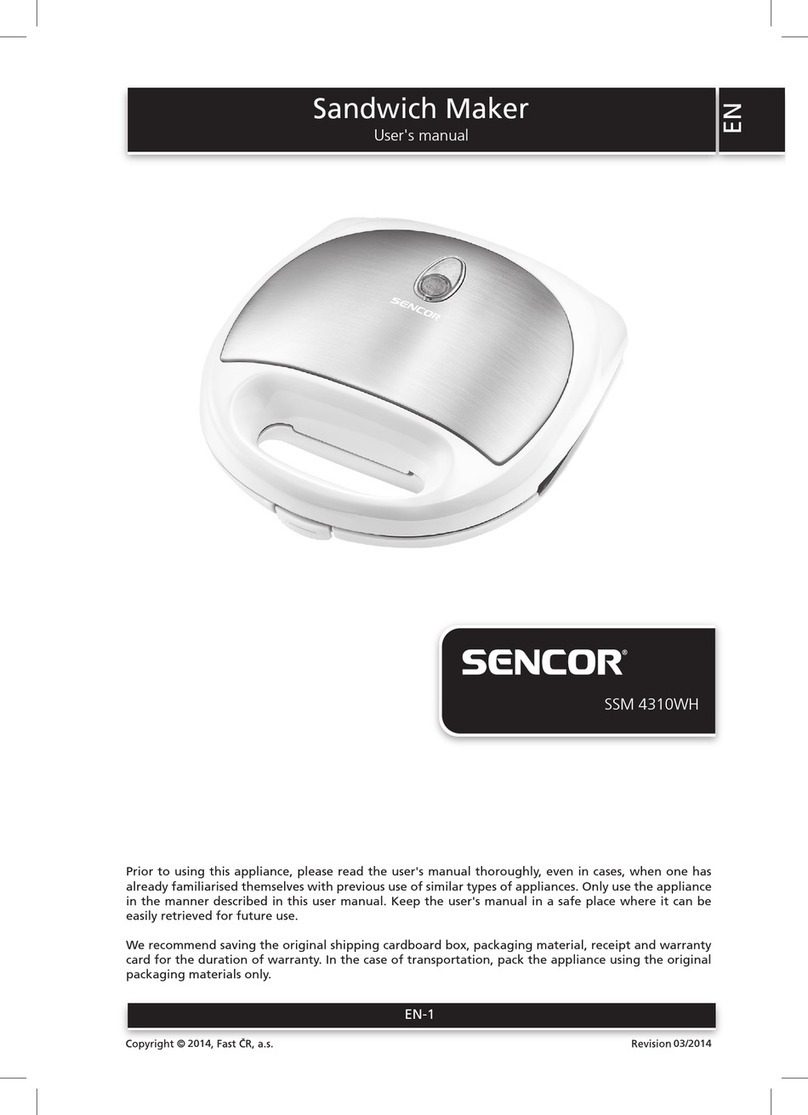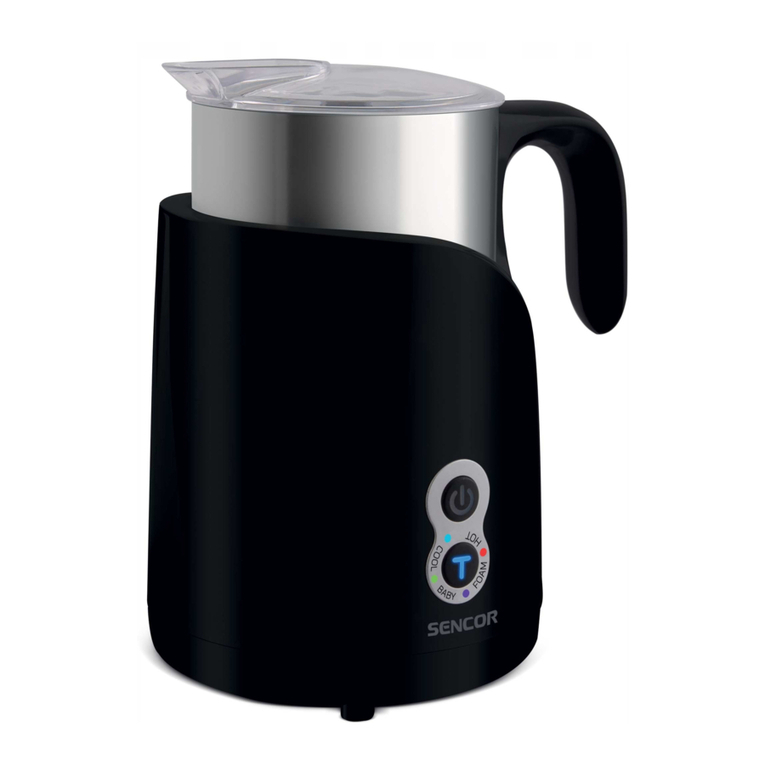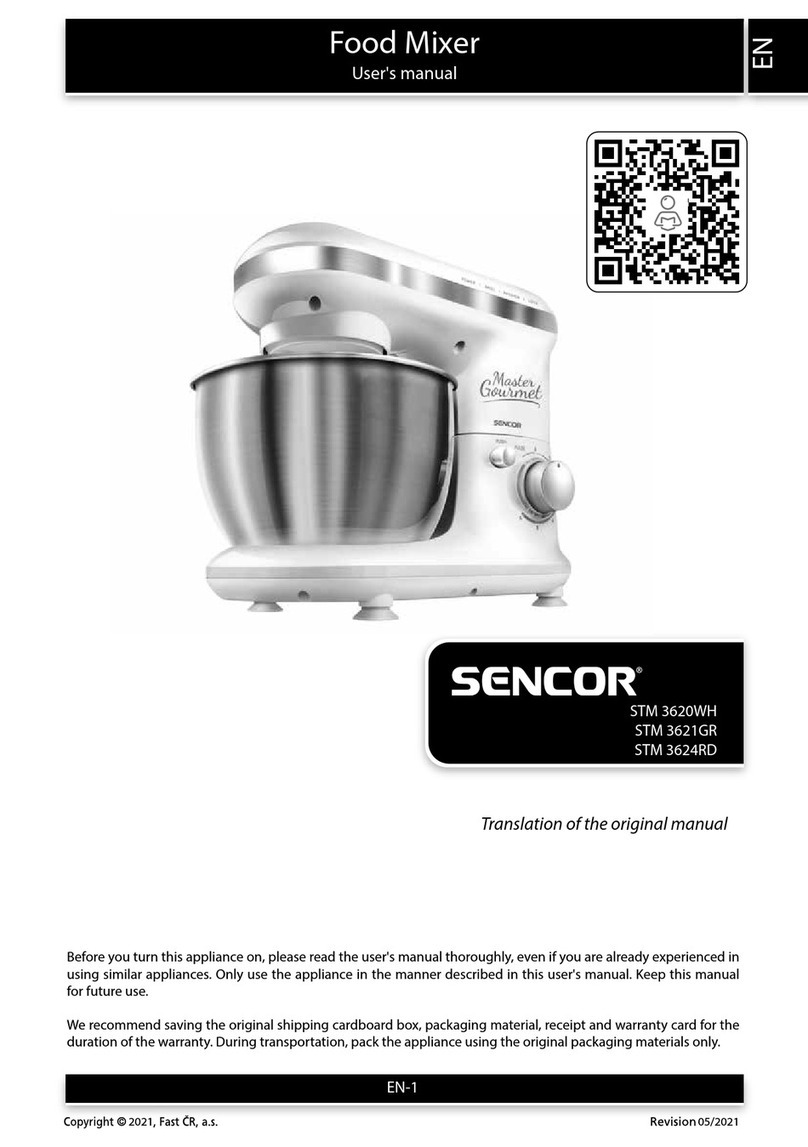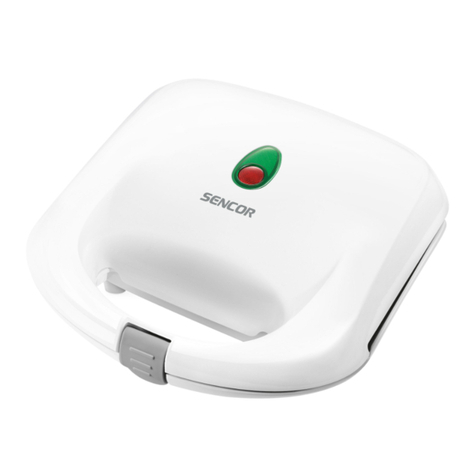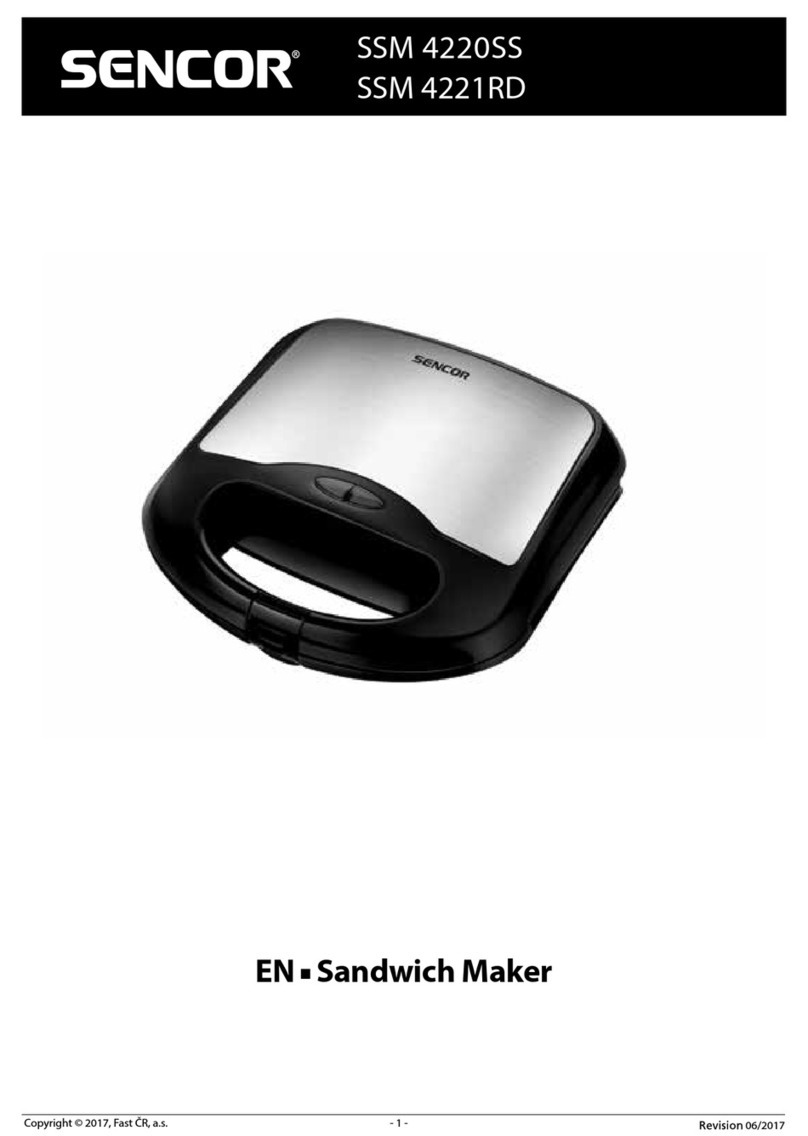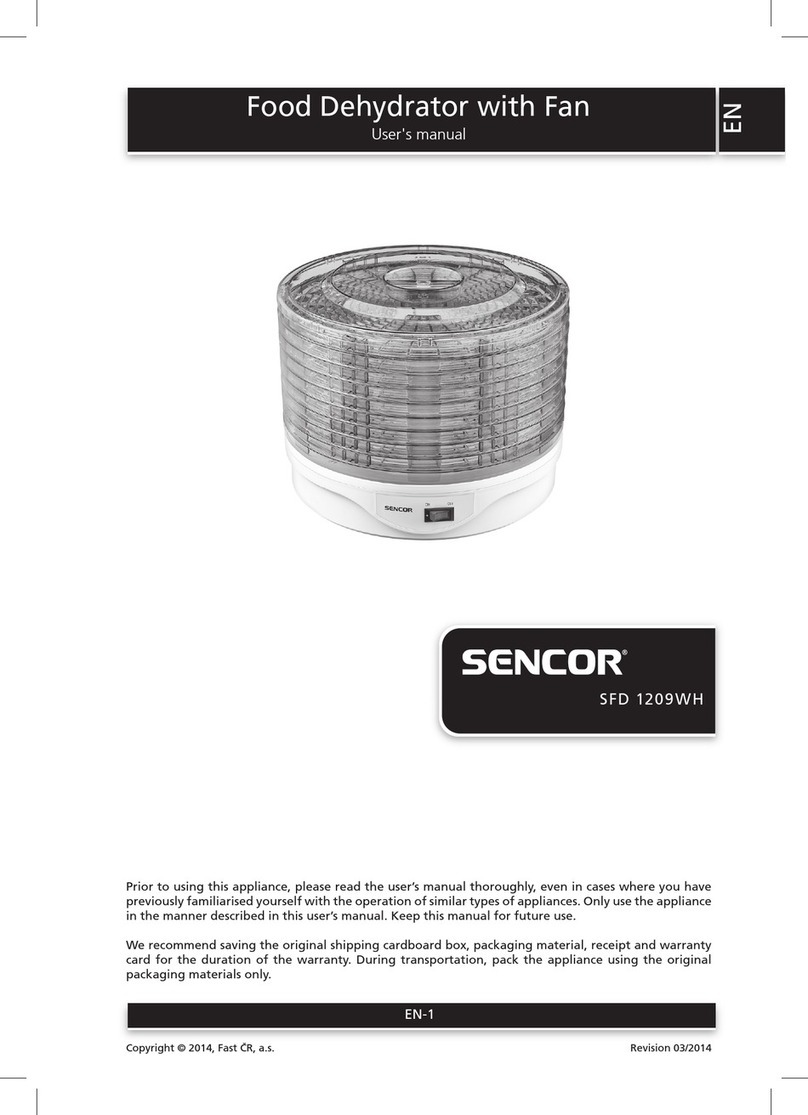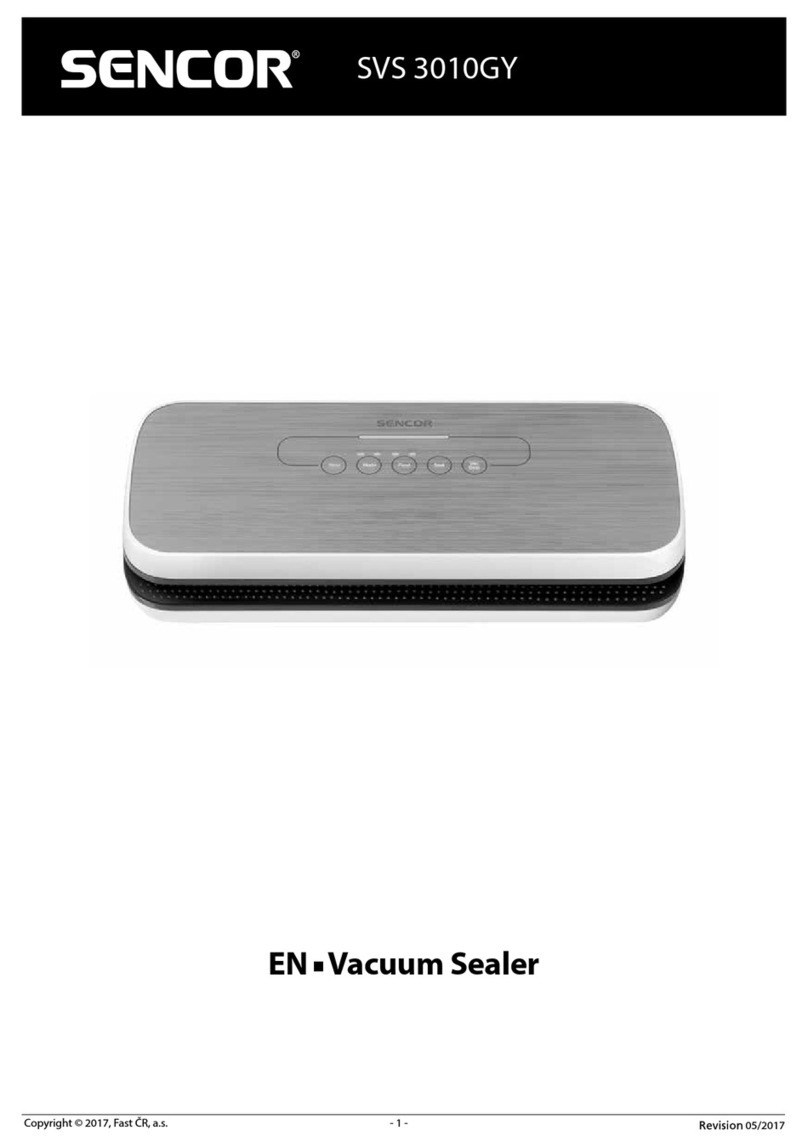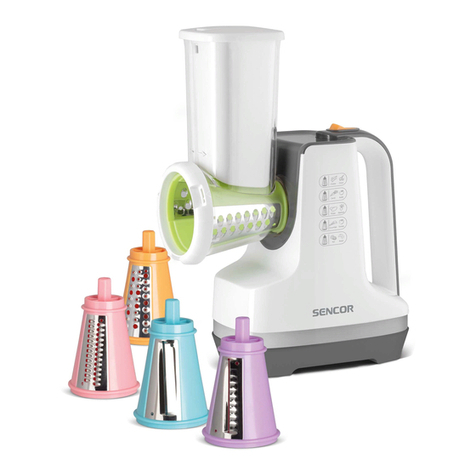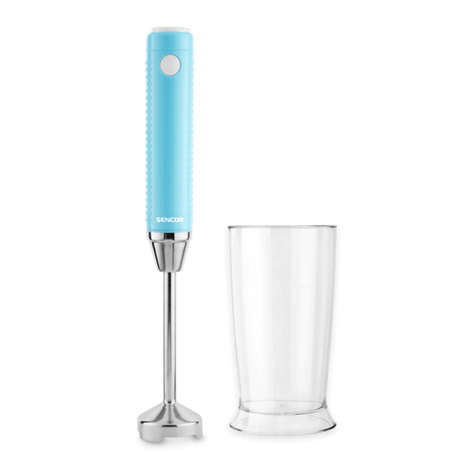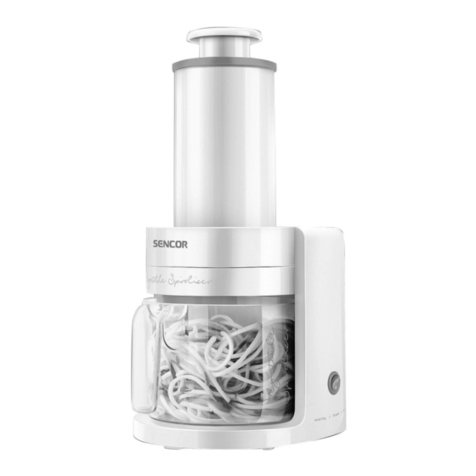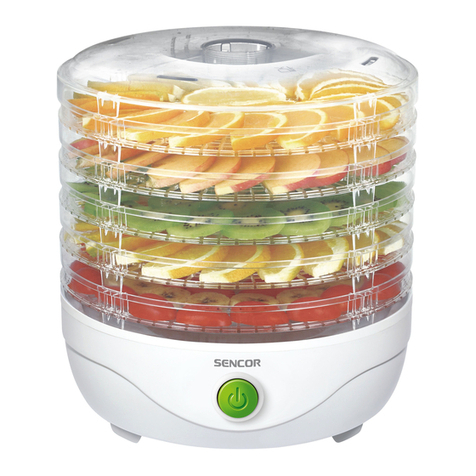
- 4 - Revision 01/2022
Copyright © 2022, Fast ČR, a.s.
• Prior to using this appliance, please read the user’smanual
thoroughly, even in cases, when one has already familiarised
themselves with previous use of similar types of appliances. Only
use the appliance in the manner described in this user’smanual.
Keep this user’smanual in asafe place where it can be easily
retrieved for future reference.
• We recommend saving the original cardboard box, packaging
material, purchase receipt and responsibility statement of the
vendor or warranty card for at least the duration of the legal
liability for unsatisfactory performance or quality. In the event of
transportation, we recommend that you pack the appliance in
the original box from the manufacturer.
. . . . . . . . . . . . . . . . . . . . . . . . . . . . . . . . . . . . . . . . . . . . . . . . . . . . . . . . . . . . . . . . . . . .
DESCRIPTION OF THE APPLIANCE
A1 Lid
A2 Trays
A3 On / off button
. . . . . . . . . . . . . . . . . . . . . . . . . . . . . . . . . . . . . . . . . . . . . . . . . . . . . . . . . . . . . . . . . . . .
ADJUSTING THE HEIGHT BETWEEN THE TRAYS
• The food dehydrator offers two options for setting tray heights. To
set the lower (default) height of 1.5cm, place the trays on top of each
other as shown in B1. Turn the trays so that the tabs located at the
bottom of the trays are placed adjacent to the grooves, located at the
top of every tray.
• To set aclearance of 2.8cm, turn and seat the trays so that the tabs fit
precisely in to the grooves as shown in B2.
. . . . . . . . . . . . . . . . . . . . . . . . . . . . . . . . . . . . . . . . . . . . . . . . . . . . . . . . . . . . . . . . . . . .
TURNING ON THE APPLIANCE
• Connect the appliance to an electrical mains power supply and press
button A3 to turn it on.
. . . . . . . . . . . . . . . . . . . . . . . . . . . . . . . . . . . . . . . . . . . . . . . . . . . . . . . . . . . . . . . . . . . .
TRAY ROTATION
• This food dehydrator is ingeniously designed on the basis of hot
air convection for the extraction of moisture from food. During the
dehydration process, the trays should be rotated to ensure even
dehydration of the contents. The trays nearest the bottom are exposed
to the greatest amount of heat – here the dehydration process is
faster.
• Therefore, simply take them out and place them at ahigher level, and
move the higher trays closer to the bottom part of the dehydrator.
. . . . . . . . . . . . . . . . . . . . . . . . . . . . . . . . . . . . . . . . . . . . . . . . . . . . . . . . . . . . . . . . . . . .
REMEMBER:
1) You will achieve the best results when quality food is used. Always
dehydrate fresh, good quality food; abad piece may affect the
quality of the entire contents of the dehydrator.
2) It is important that the food is clean – thoroughly clean it, dispose of
soft or spoiled pieces.
Make sure that you have clean hands; this relates to kitchen utensils
and the individual dehydrator trays that you use for preparing food.
3) Dehydration time varies and depends on the amount of food,
thickness of the individual pieces, their size, ambient air humidity
and the moisture contained directly in the food.
4) Allow food to cool down before checking the degree of dehydration.
5) If necessary, the trays may be filled up completely, and the
individual pieces may almost be touching, but must not overlap.
6) Approximately 6–10% moisture content may remain in dehydrated
foods without risking their spoilage. Many dehydrated foods will
have aleathery consistency similar to that of licorice.
7) Rotate the trays whenever you notice that dehydration is uneven or
when the dehydrator is completely filled with food.
8) To remove stones, kernels and stems from plums, grapes, cherries,
dry them to 50% and then remove the stems, kernels, etc. In this
way, you will prevent losing juice from the food.
. . . . . . . . . . . . . . . . . . . . . . . . . . . . . . . . . . . . . . . . . . . . . . . . . . . . . . . . . . . . . . . . . . . .
TABLE OF RECOMMENDED FOOD DEHYDRATION TIMES
• The provided times are only approximates and depend on room
temperature, air humidity, moisture of the food being dehydrated and
on the thickness of the food slices. Natural juiciness of food varies. The
fructose contained in certain types of fruit requires longer dehydration
times.
Food Preparation Dehydration
test
Dehydration
time
Apples Remove the peels,
kernels and cut into slices
or rings. Soak them for 2
minutes before placing
them in the dehydrator.
Then dry them and place
them on adrying tray.
They are
soft
4–15 hours
Apricots Dehydrate them cut in
half or cut into quarters.
Before dehydration,
prepare them so as to
retain their colour and not
to damage the peel.
They are
soft
8–36 hours
Mushrooms Select fresh, young
mushrooms Remove
any dirt using abrush or
adamp cloth. Cut into
pieces, trim or dry whole
– depending on their size
Leathery
to brittle –
depending
on their size
and age
3–10 hours
For more recommended dehydration times for other food types, please
visit our website.
. . . . . . . . . . . . . . . . . . . . . . . . . . . . . . . . . . . . . . . . . . . . . . . . . . . . . . . . . . . . . . . . . . . .
MAINTENANCE AND CARE
• Before cleaning the appliance, turn it off and disconnect it from the
power grid.
• To clean the individual trays of the food dehydrator, simply use
awiping cloth moistened in aweak detergent solution; in the case
of greater soiling, you may wash the trays under lukewarm running
water.
• Do not use thinners or solvents or any abrasive cleaning agents to
clean the appliance – they may damage the surface.
EN Food Dehydrator
User’smanual
